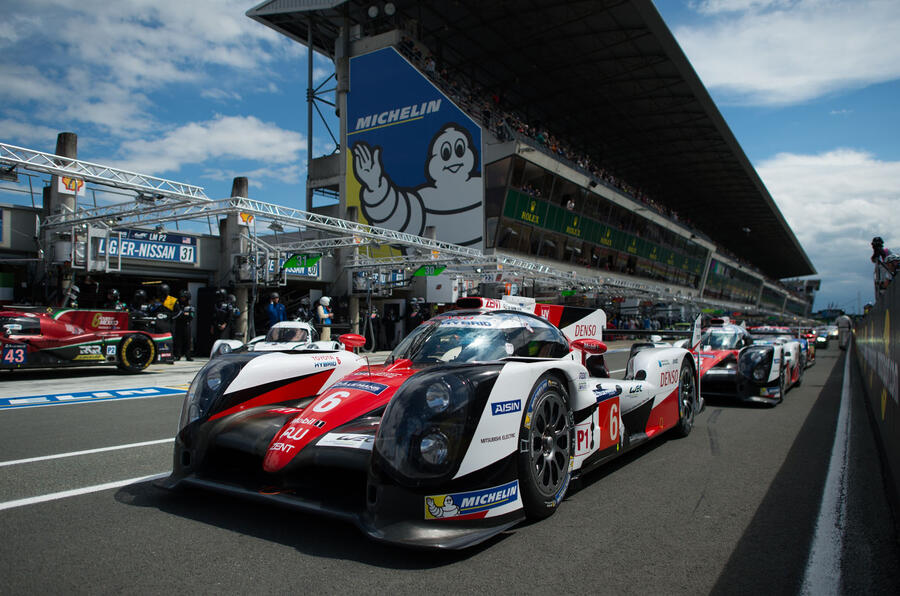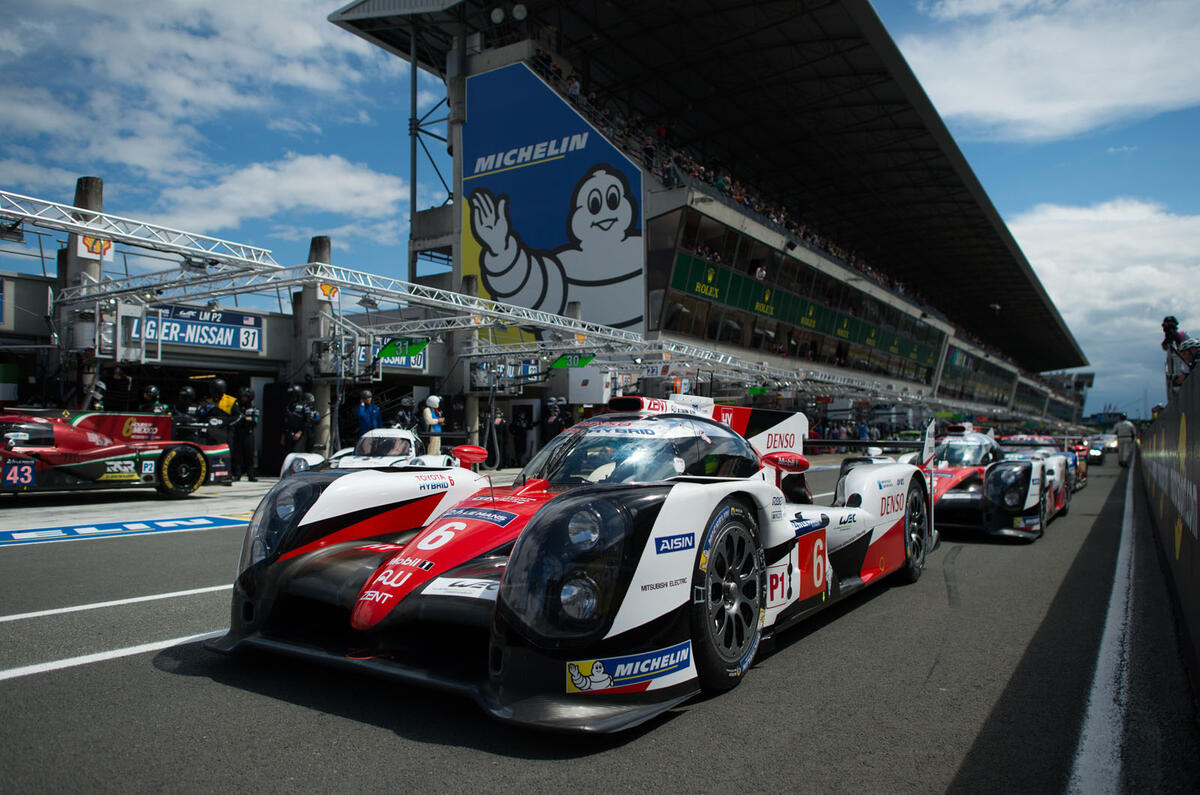The countdown to the Le Mans 24 Hours in June is on following the first World Endurance Championship round of 2019 earlier this month.
Inevitably, Toyota won the inaugural Sebring 1000 Miles, run a day before the Florida circuit’s traditional 12 Hours for US IMSA sports cars, because these days the Japanese giant is only racing itself in the top LMP1 hybrid prototype class. WEC has become a sad shadow of what it was when Toyota faced Porsche and Audi between 2015 and 2017.
Still, Le Mans always remains a draw, and this year will feature the additional story thread of which of the two Toyota crews will be crowned 2018/19 ‘super season’ World Endurance champions. Will Fernando Alonso (partnered, lest we forget, by Kazuki Nakajima and Sébastien Buemi) clinch his first world crown since his back-to-back F1 titles in 2005-06? The trio head the way after victory at Sebring.
Bigger, more fundamental questions remain about the future of the Le Mans 24 Hours itself. In less than 18 months’ time, regulation changes are due for the WEC (the series straddles two calendar years and runs from September to Le Mans the following June) that will herald a new hypercar era. The trouble is, Le Mans’ rules maker, the Automobile Club de l’Ouest, is tying itself in knots over how those rules should be presented for 2020/21.










Join the debate
Add your comment
I think they will use the BOP
I think they will use the BOP, Balance of Performance.
They should ban traction control and slick tyres as in Formula E. It would be great.
Racing not just speed
We want to see cars that can be driven on the road, raced in road configuration and nothing more (pure safety mods would be okay, as long as they didn't materially increase regidity).
Entertainment isn't about outright speed. Give us cars around which we can develop an emotional attachment (go Aston Martin, go McLaren, boo Ferrari, boo Ford GT) and we'll do the rest.
Completely agree with James Dene
My favourite race - not just at Le Mans - for many a year was the Aston Martin vs the Corvette in the 2017 GTE Pro class where it went down to the last lap, with the drivers commenting how closely matched the cars were.
Cars that I can see in the showroom the next day (admittedly in a somewhat different specification - but take note Porsche and the mid-mounted 911 RSR that is a step too far from a 911RS) help build loyalty. It was a factor in my choice of car manufacturer for my last purchase, so 'Win on Sunday, Sell on Monday' does work.